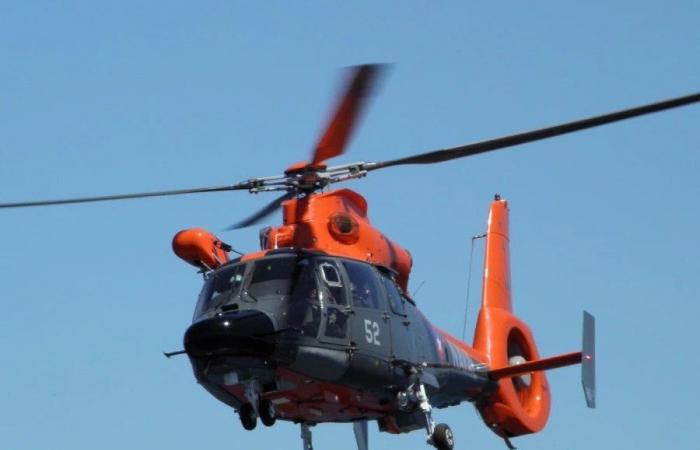The Chilean Navy sent a request for information (RFIfor its acronym in English) to aeronautical manufacturers within the framework of the project studies Bustard which contemplates the purchase of eight new helicopters that will replace the fleet of aircraft Airbus AS365 Dauphin (HH-65) in service in the General Purpose Helicopter Squadron (HU-1) of the Naval Aviation.
The project Bustardas published exclusively Infodefensa.comwas announced by the commander in chief of the Chilean Navy, Admiral Juan Andrés De la Mazain an interview conducted by this media outlet, and its purpose is to have modern helicopters capable of carrying out rescues on the high seas and in extreme weather conditions.
According to RFIdelivered in mid-June by the Directorate of Programs, Research and Development of the Navy (Diprida)the institution requires aircraft that are capable of carrying out maritime search and rescue operations effectively and quickly at a distance of 100 nautical miles from the coast.
The helicopters must have capacity for a crew of five people and evacuate at least six people with a minimum stay in the area of one hour plus a remainder of 30 minutes upon landing.
Aircraft shall operate both day and night, including in unprepared terrain such as deserts, beaches, peat, ice and rocks, and shall be capable of carrying out search procedures, which include, upon establishing a datum, a visual search with the support of radar, spotlights, radiogonometric bearings and electro-optical sensors.
Equipment and capabilities
The helicopters that the Chilean Navy is considering incorporating will operate throughout the national, continental and insular territory, including Antarctica, from land and naval units, and will have to carry out intermediate-level maintenance (ILMfor its acronym in English) at the naval air base With with.
They will have day and night visual and instrument flight capability, compatibility with night scopes, automatic hover mode. HE four-axis, rescue crane, emergency flotation, main rotor brake, folding blades for hangarage on a ship and hard points that allow the helicopter to be secured on the flight deck during operation on board.
They will have a searchlight; a loading hook; and communications on the bands H.F., VHF maritime, VHF aerial, UHF and satellite telephony incorporated into the audio system; flight capability with DF, ILS, VOR/DME and GNSS integrated into the navigation system; electro-optical sensor with the ability to detect a smaller vessel; radar with the ability to detect a small vessel; ability to operate on unprepared runways and terrain; and anti-ice system.
As part of the study, the companies that received the RFI must send a detailed description of the helicopter, its systems and equipment, indicating the make and model; the flight manual and sufficient technical information so that the Navy can carry out the technical analysis and corroborate that the aircraft meet the requested performance, and maintenance, logistics information and a proposed delivery plan for a tentative payment flow in four years.
The response to the RFI must be delivered to Diprida within a maximum of 60 calendar days from the date the letter was sent and its request does not commit to subsequently making a call for proposals (RFP) or to negotiations of any kind. In the event that the call is made to RFPadditional background information may be requested to that contemplated in the RFI.


